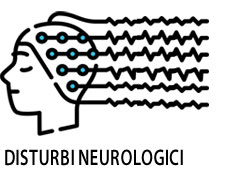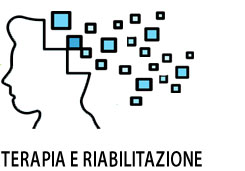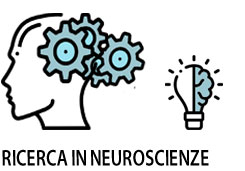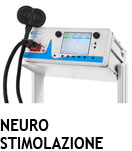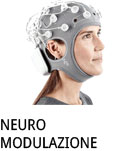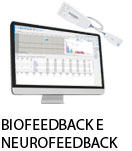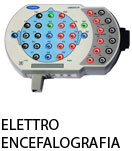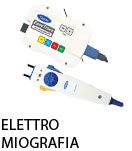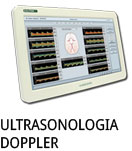- +39 011 5821948
- info@geasoluzioni.it
- Lun - Ven 8:00 - 17:30
Modulation of Methamphetamine-Related Attention Bias by Intermittent Theta-Burst Stimulation on Left Dorsolateral Prefrontal Cortex
- Abstract:
- Background: Previous studies have identified the treatment effect of repetitive transcranial magnetic stimulation (rTMS) on cravings of patients with methamphetamine use disorder (MUD). However, the mechanism underlying the treatment effect remains largely unknown. A potential candidate mechanism could be that rTMS over the dorsolateral prefrontal cortex (DLPFC) modulates the attention bias to methamphetamine-related cues. The purpose of this study is therefore to determine the modulation of rTMS on methamphetamine-related attention bias and the corresponding electrophysiological changes. Methods: Forty-nine patients with severe MUD were included for analysis. The subjects were randomized to receive the active intermittent theta-burst stimulation (iTBS) or sham iTBS targeting DLPFC for 20 sessions. Participants performed the Addiction Stroop Task before and after the treatment while being recorded by a 64-channel electroencephalogram. Baseline characteristics were collected through the Addiction Severity Index. Results: Post-treatment evaluations showed a reduced error rate in discriminating the color of methamphetamine words in the active iTBS group compared with the sham iTBS group. Following rTMS treatment, we found the significant time-by-group effect for the N1 amplitude (methamphetamine words > neutral words) and P3 latency (methamphetamine words > neutral words). The change of N1 amplitude was positively correlated with cravings in the active group. Moreover, reduced power of neural oscillation in the beta band, manifesting at frontal central areas, was also found in the active group. Conclusion: This study suggests that attention bias and the beta oscillation during the attentional processing of methamphetamine words in patients with MUD could be modulated by iTBS applied to left DLPFC.
- Patologie/Applicazioni:
- Anno:
- 2021
- Tipo di pubblicazione:
- Articolo
- Parola chiave:
- TMS; rTMS; MUD; Dipendenza; Metanfetamina; DLPFC; theta burst; iTBS
- Testata scientifica:
- Frontiers
- Nota:
- In questo articolo si indaga il ruolo della rTMS, applicata alla DPLFC, nella modulazione del bias dell'attenzione correlato alla metanfetamina e i corrispondenti cambiamenti elettrofisiologici. Per lo studio sono stati inclusi 49 soggetti affetti da dipendenza da metanfetamina (MUD) e suddivisi in due gruppi randomizzati. Un gruppo è stato sottoposto a stimolazione Theta Burst intermittente attiva (iTBS) utilizzando uno stimolatore MagPro X100 e l'altro gruppo a stimolazione fittizia. I partecipanti hanno eseguito l'Addiction Stroop Task prima e dopo il trattamento mentre venivano registrati da un elettroencefalogramma a 64 canali. le valutazioni post-trattamento hanno mostrato un tasso di errore ridotto nel discriminare il colore delle parole metanfetamine nel gruppo iTBS attivo rispetto al gruppo iTBS fittizio. Inoltre, nel gruppo attivo è stata riscontrata anche una ridotta potenza di oscillazione neurale nella banda beta, che si manifesta nelle aree centrali frontali.
- DOI:
- https://doi.org/10.3389/fcell.2021.667476
Articolo originale su Frontiers Stimolazione Magnetica Transcranica-prodotti per dipendenze patologiche
Hits: 833
La nostra storia
GEA soluzioni si affaccia nel 2013 al mercato della strumentazione medicale di alto livello tecnologico ma la sua storia parte da più lontano, clicca qui per approfondire.
GEA SOLUZIONI SRL
via Issiglio 95/10, Torino
Tel.: 011 5821948 / 011 4463853
Fax: 011 0433281
Email: info @ geasoluzioni.it
P. IVA IT11696920013
REA TO1233648

